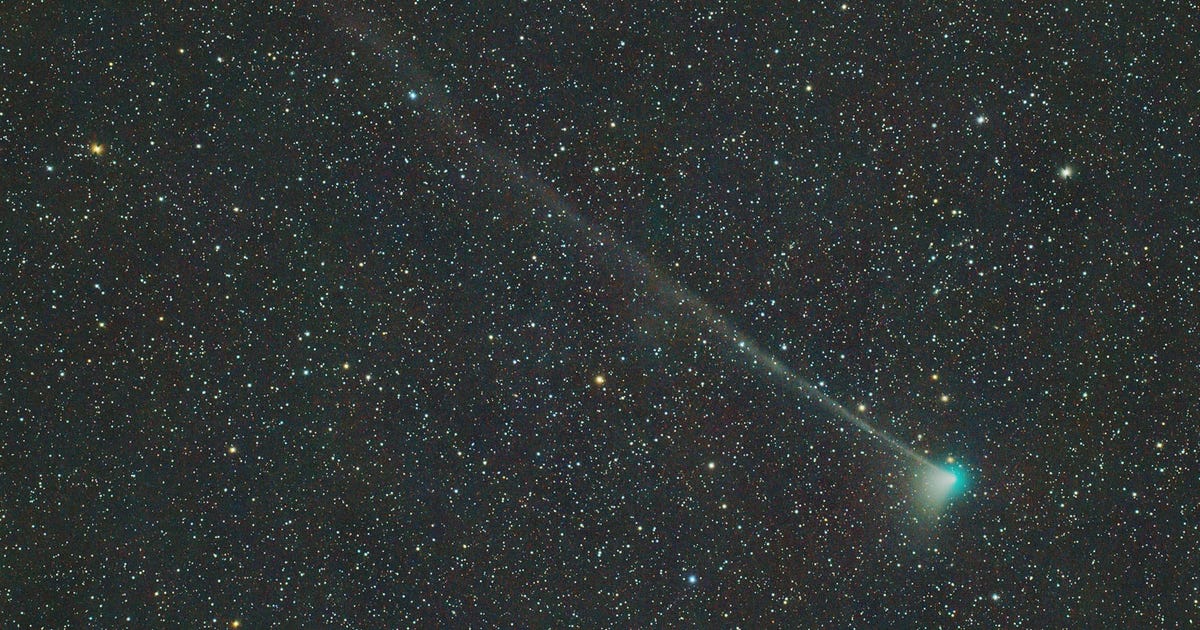
Comet C/2022 E3 (ZTF) is headed back out to deep space, but it will pass by Earth on the way in just a few weeks.
The dramatic object was discovered in March by the Zwicky Transient Facility, aka ZTF, in Southern California. It’d been speeding in the direction of the sun up until Jan. 12 when it reached perihelion, or its closest pass by the sun, before beginning a long journey back to the Oort Cloud on the edge of the solar system.
According to Joe Rao from Space.com and New York’s Hayden Planetarium, it won’t return for roughly 50,000 years.
This makes January and February prime time to try to see it for yourself, perhaps even without the need of a telescope, if it continues to shine ever brighter.
The comet is expected to be closest to Earth on Feb. 1, according to NASA, at which point it could become a magnitude five object, just bright enough to see with the unaided eye, though binoculars and very dark skies always help.
Attached is a composition of the evolution of comet C/2022 E3.
I have labeled the days, distance from the Sun and distance from Earth. Courtesy Didac Mesa Romeu. pic.twitter.com/fzq4AAMLJe— Con Stoitsis (@vivstoitsis) January 5, 2023
The behavior of comets is rather unpredictable, as they can brighten, dim or completely disintegrate with little warning. But if trends and the integrity of the cosmic cruiser hold, the moonless sky on Jan. 21 could mark a good night to start venturing out to try to spot it, according to the British Astronomical Association.
You can practice trying to spot the comet now with binoculars or a backyard telescope as it continues to brighten (hopefully) until Feb. 1. By far the easiest way to locate it is with a site like In The Sky or the excellent mobile app Stellarium.
If you happen to get any great photos, please share them with me on Twitter, @EricCMack.
